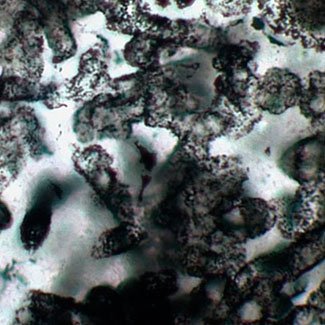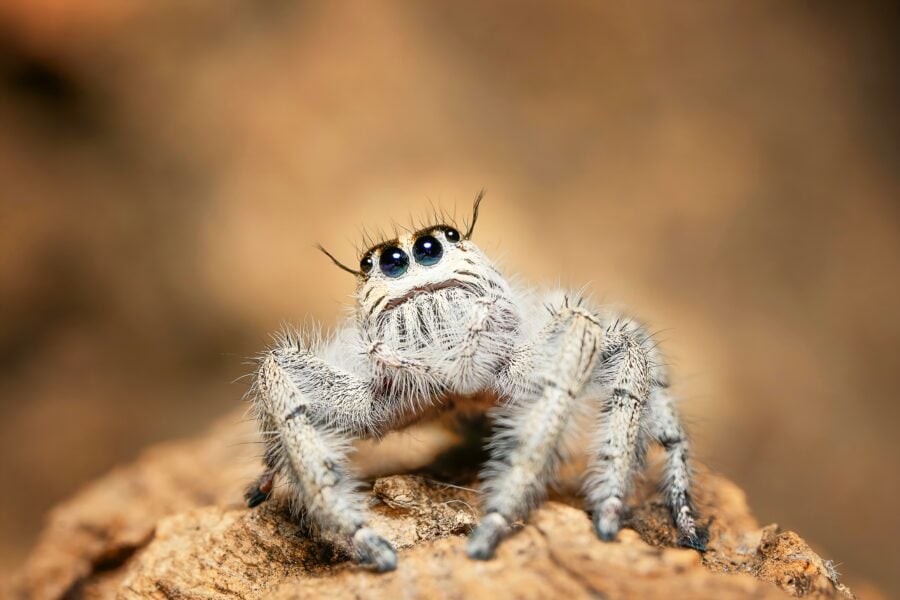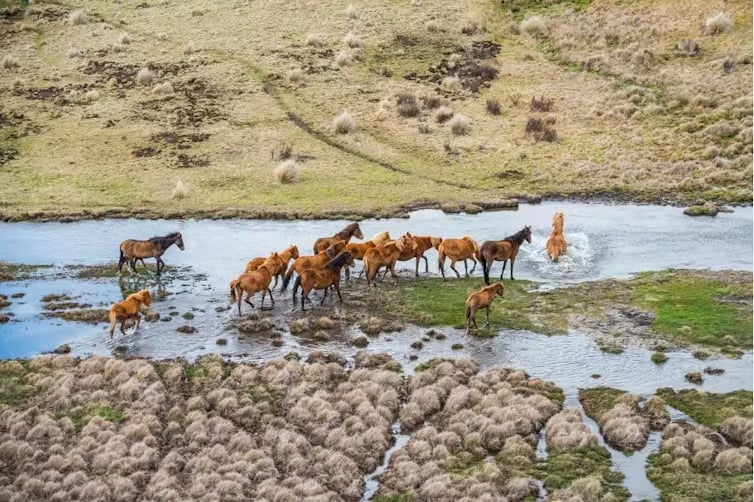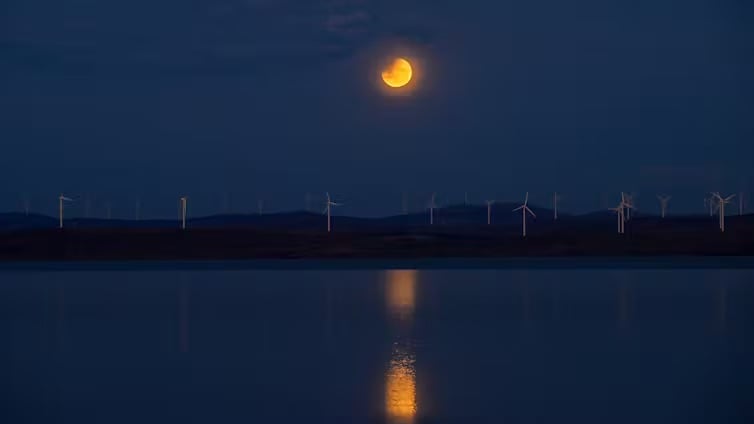World’s oldest fossils found in the Pilbara

SCIENTISTS IN WESTERN AUSTRALIA have uncovered fossils which they say are the oldest evidence of life on Earth.
A team of researchers from the University of WA in Perth and Oxford University in the UK say they have proof that the microscopic fossils, found at Strelley Pool near Port Hedland, are more than 3.4 billion years old.
The impressions of likely sulphur-based bacteria were found well preserved between quartz sand grains in prehistoric sedimentary rocks, Oxford University’s Professor Martin Brasier says.
“We can be very sure about the age [of the fossils] as the rocks were formed between two volcanic successions that narrow the possible age down to a few tens of millions of years,” he says.
World’s oldest fossils clearly preserved
The fossils are very clearly preserved, showing precise cell-like structures all of a similar size, the research team report in a paper published today in the journal Nature Geoscience.

Strelley Pool, Near Port Hedland in WA (Credit: David Wacey)
“At last we have good solid evidence for life over 3.4 billion years ago. It confirms there were bacteria at this time, living without oxygen,” Martin says. “Such bacteria are still common today. Sulphur bacteria are found in smelly ditches, soil, hot springs, hydrothermal vents – anywhere where there’s little free oxygen and they can live off organic matter.”
In recent years new scientific benchmarks have been introduced that must be satisfied by researchers before claims can be made about the age of fossils. The West Australian fossils pass crucial tests including that the forms seen in the rocks are biological and have not occurred through some mineralisation process, the researchers report.
“We’re now making detailed comparisons with all other early microfossils, and we’re very optimistic for future finds,” Martin says. “The work also has implications for looking for life on other planets, giving an indication of what evidence for such life might look like.”
RELATED STORIES




